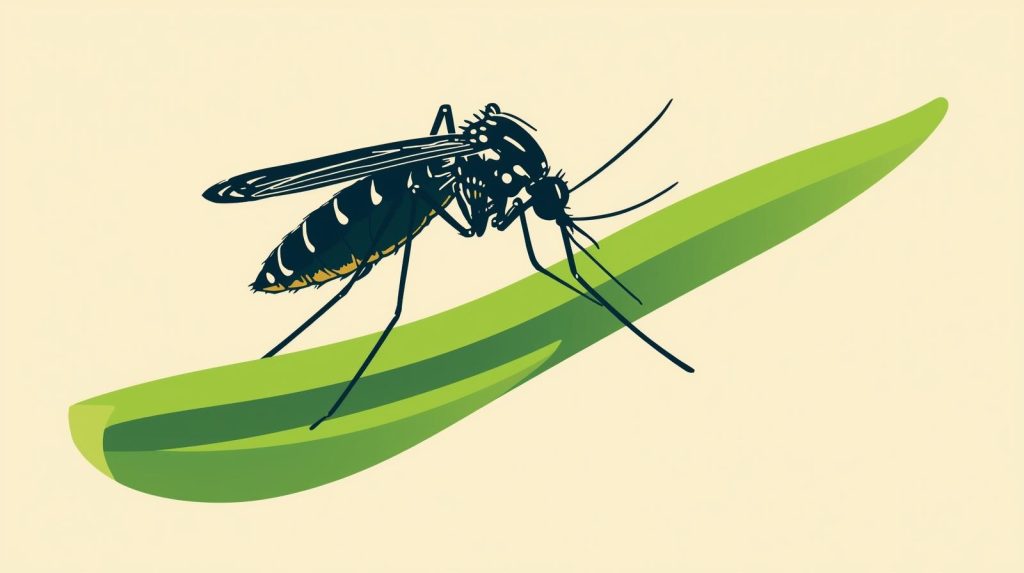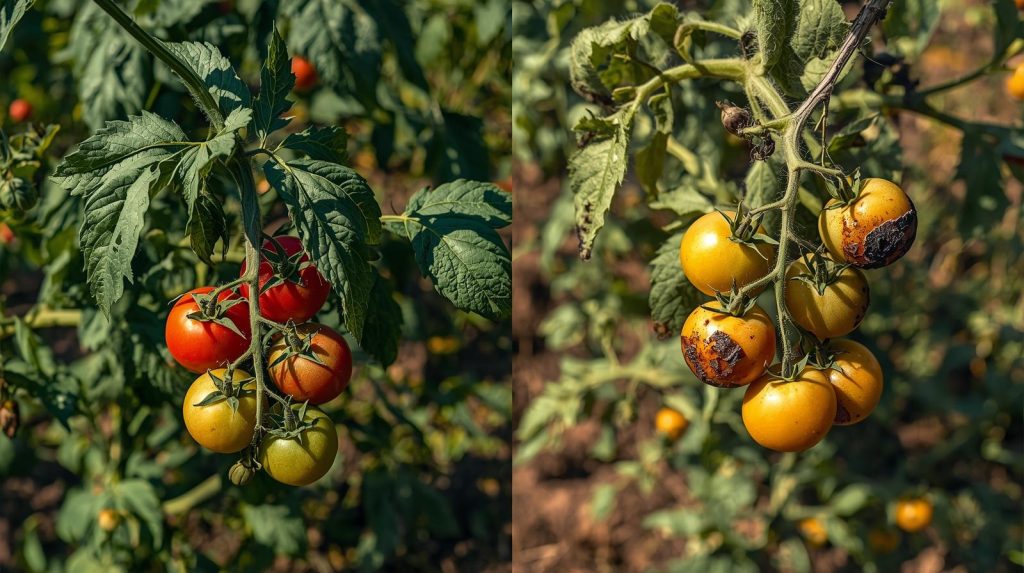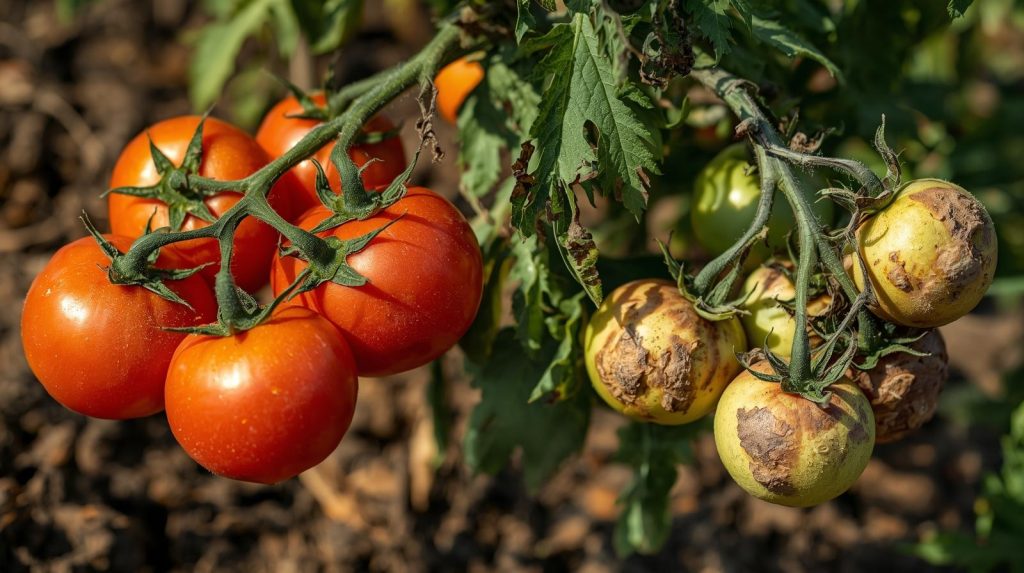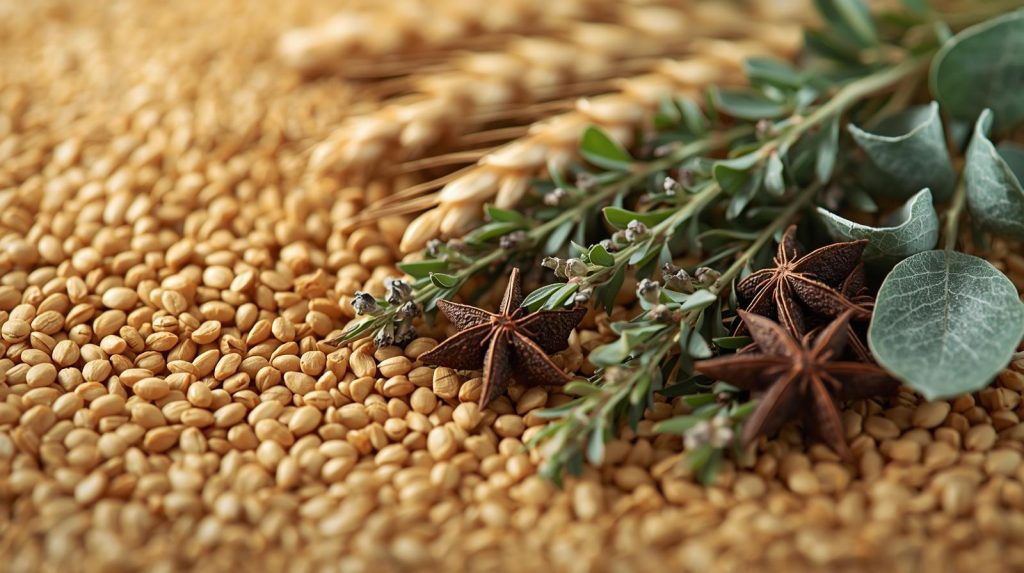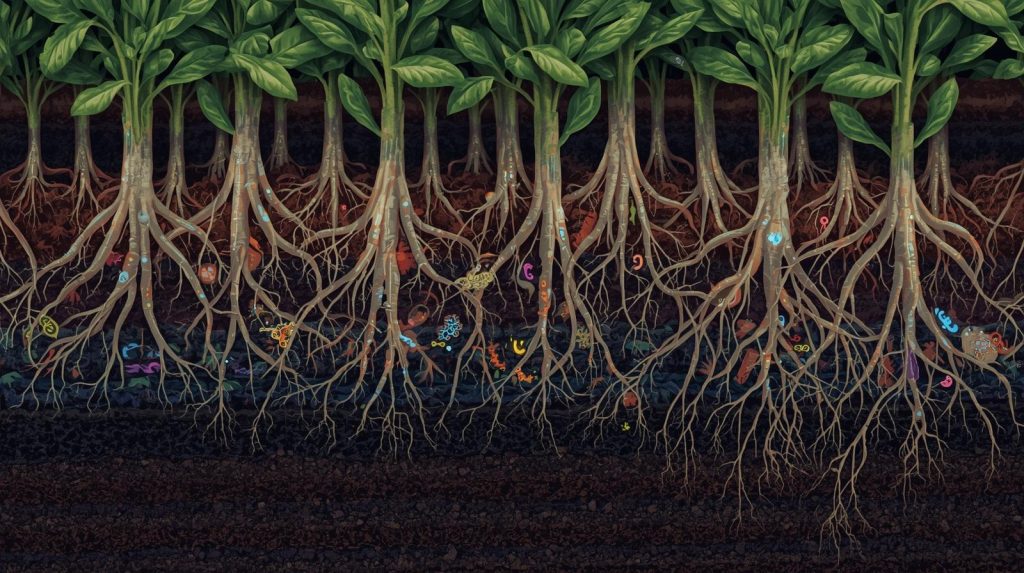Posted inAgriculture Biochemistry Biodiversity
हिमालयन जटामसी (Nardostachys jatamansi) को रहस्य: सुकाउने र अर्क निकाल्ने तरिकाले आवश्यक तेल र पोलिफिनोलिक तत्वहरूमा फरक पार्छ
हिमालयन जटामसीमा रहेका आवश्यक तेल र पोलिफिनोलिक तत्वहरू सुकाउने र अर्क निकाल्ने तरिकाले कसरी फरक पार्छन् भन्ने नयाँ अनुसन्धानले देखाएको छ।


